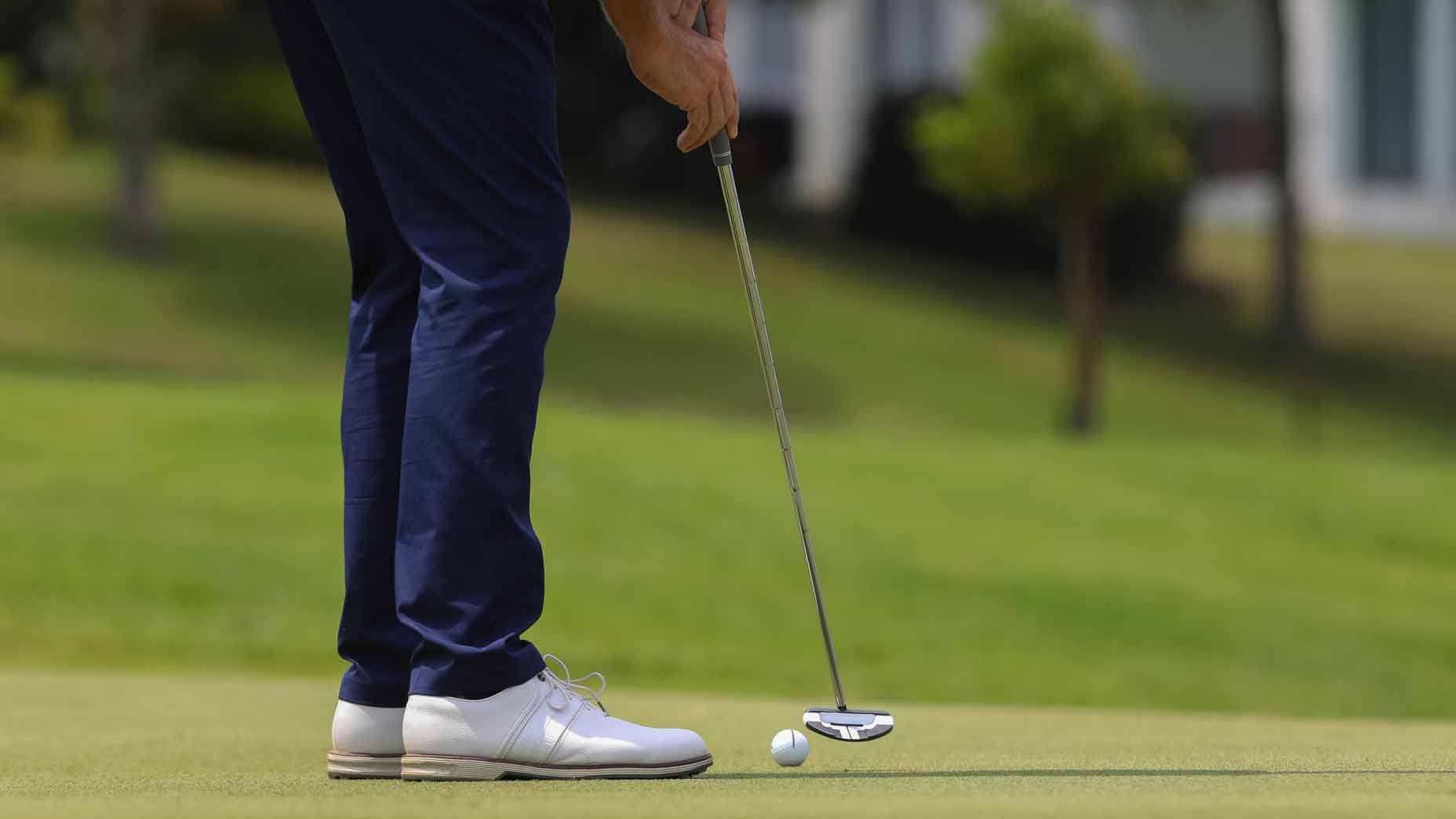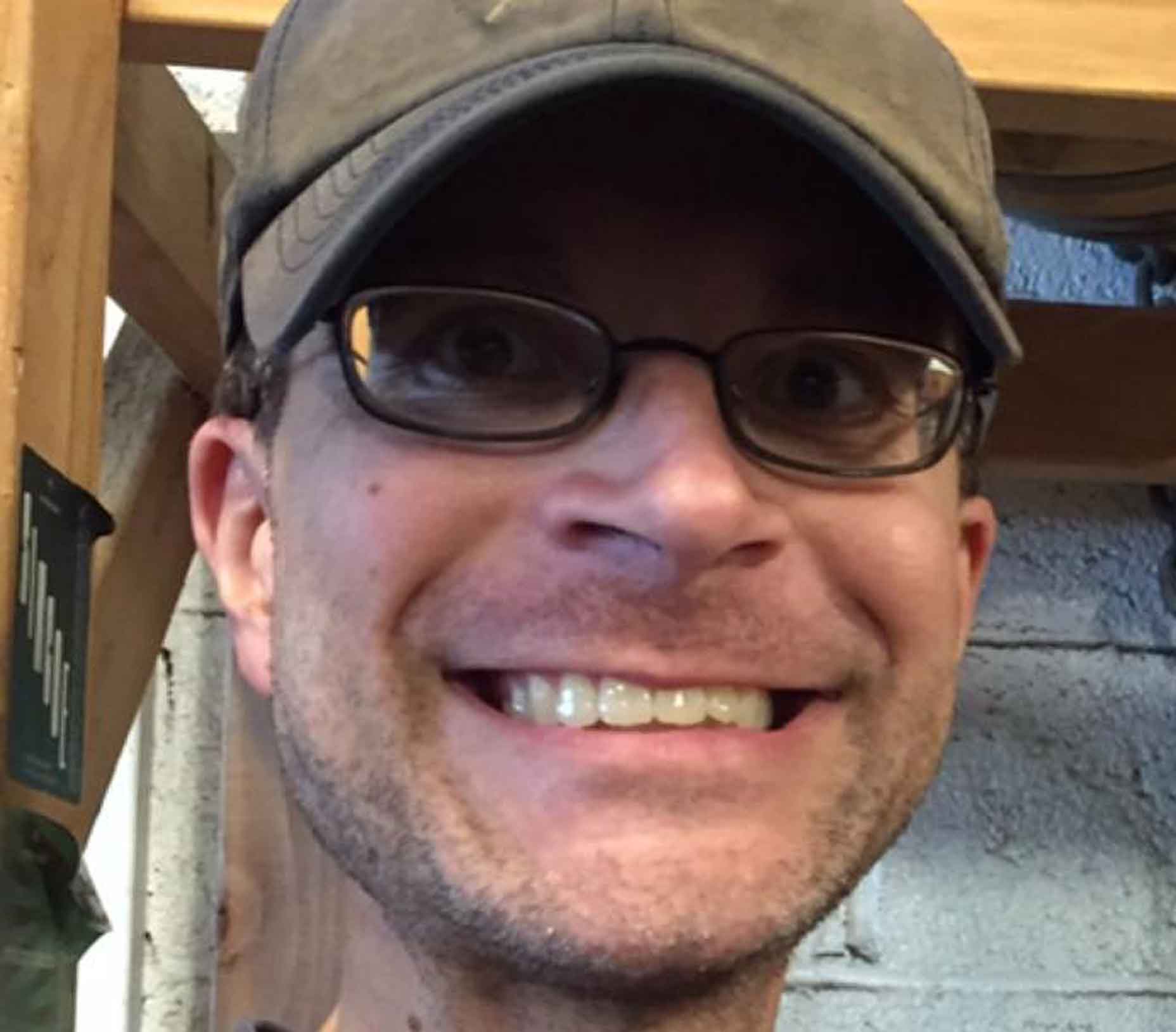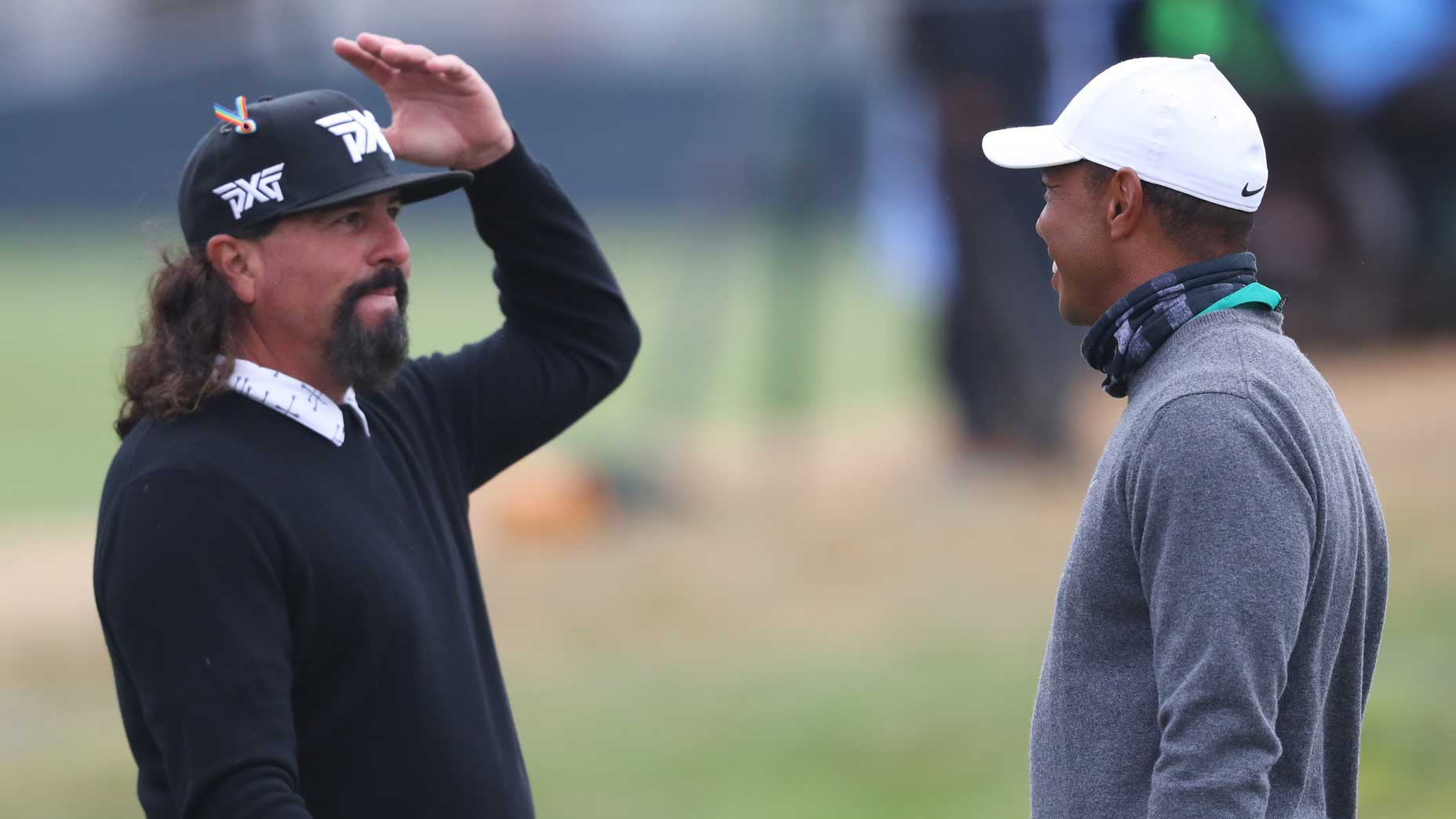Is there a ‘life hack’ to break 80 for the first time? 2 top teachers have an idea

Getty Images
You’re a mid-handicapper. Say a 10 to 20.
But you don’t have an instructor. Or a trainer. Or none of the goodies a full-time pro has at their disposal.
But you want to reach a new plateau. Say sub-90 or sub-80.
One of the best teachers in the country has a sentence for all that.
“This is kind of the greatest challenge for the industry, right?” Ryan Crysler says.
No doubt. But tell us, dear coach, what’s the solution? Is there a way for, say, the 15-handicapper to break 80 for the first time — without, say, the benefit of the full-time services of Crysler, a coach at the Butch Harmon Floridian facility?
There might be. It’ll take some work. All of it made for a good listen on this week’s Son of a Butch podcast, hosted by Claude Harmon III, who is the director of instruction at the facility.
The question at hand came up in this exchange, started by Harmon, son of legendary instructor Butch Harmon:
“So obviously we live in the lesson world, we live in the instruction world, but there are a lot of people listening to this podcast who don’t have a golf instructor that they see on a regular basis. A lot of people are going to a driving range, they’re going to the golf course, but I would say, I think, a large percentage of people listening are not in the world that we’re in. They don’t have a trainer, they don’t have someone to screen them, they don’t really work with someone on a regular basis from a golf standpoint, from an instruction standpoint.
“So for that person, what are some things that they can do? What are some of these life hacks that you can give someone that’s a mid-handicap golfer — you know, a 10- to 20-handicap golfer — who’s just trying to break 90, 80 for the first time, maybe break par for the first time. But that mid-range golfer who’s just trying to break 80 for the first time, who’s just trying to break 90, who’s just trying to break 100. What are some things that they can do on their own without an instructor, without a trainer, without all of the stuff that they see the Tour player have?”
It’s here on the podcast where Crysler called it the “greatest challenge.” But he had a thought on it all.
“So, first and foremost, you don’t have to have your best stuff to score your best. I think that is a realization that some professionals are just not understanding. Meaning that you’re able to break 80, and maybe you didn’t drive it well that day, but you were able to get it around with your short game or putting.”
And from there? This was his advice.
“So you got to be able to almost rank what you have,” Crysler said on the podcast. “I’m a great putter — I need to set myself up for some great putts, meaning I got to get on the green with every chip.”
So how do you rank your game? On the podcast, Crysler and Harmon started with wedge play.
“If you got a wedge in your hand and you’re a 10-handicap,” Crysler said on the podcast, “you should be able to hit the green more than 90 percent of the time, if you know how far you are and what kind of yardage you can hit that wedge. I don’t care what it looks like swing-wise. … But if you go out and block practice and find a favorite wedge number, then that should be a go-to wedge number.”
Harmon asked how a player does that.
“I like to basically start backwards,” Crysler said. “I’d rather you have, whatever swing it is, like a shoulder-to-shoulder swing or a 10 o’clock swing …
“To break 80 or to break 90, you got to have some level of short-game proficiency and you can’t make the big mistakes. So for me, it’s really easy for a player to just learn the small shots first. — the putting, the pitch shots, the bump-and-runs, the punch shots. You have to have an understanding of how far you hit those shots. And for me … find those numbers. … Whatever your numbers are, make those religious and apply those to the course.”
What about putting?
“Putting, the same way, I think,” Crysler said on the podcast. “Give yourself 3 feet, make a circle, knock them all out. You need to be 100 percent from 3 feet. I don’t care what your handicap is. Break it out — 6 feet, 10 feet — find out what your percentages are, use 10 balls, make it easy. Just give yourself some level of expectation.”
What about chipping?
“Eight-foot circle,” Crysler said on the podcast. “Hit it inside.”
“If you’re a 15-handicapper, if you’re a 20-handicapper,” Harmon said, “and every chip shot you have gets somewhere inside of a 15-foot circle, you are going to be gaining massively.”
What about fuller swings?
“Create boundaries, whether you use like an AimPoint, or two fingers — how many times can you get it through the field goal,” Crysler said on the podcast. “When you’re practicing basketball, you know when it goes in the hoop or not. But when you’re hitting golf balls to a random target, you’re thinking about: Is it solid; which way did it go — left or right; which way did it curve. Just get it in the uprights.”
“You’ve got a golf course where you’ve got a driving range where you practice and they have greens — I know not everybody has that — rather than, I think what everybody does, regardless of their handicap level, was they go to the driving range, if they got a target and it’s on a green, they’re aiming at the target,” Harmon said. “They’re not just trying to say, OK, whatever that distance — let’s say it’s 100 yards away — let me just hit 10 balls and just hit the green. Don’t even worry about where the target is. … Give yourself barriers on either side.”
And then?
“But then once you achieve all these segments, from putting to full swing to driver, you have a base level of expectation,” Crysler said on the podcast. “If you take that expectation to the course, now you’re not going to get upset when something goes wrong. I think that’s a huge part of this.
“People have these expectations of a Tour player, they can’t back it up, they lose focus.”
Editor’s note: To listen to the entire podcast, please click here.









